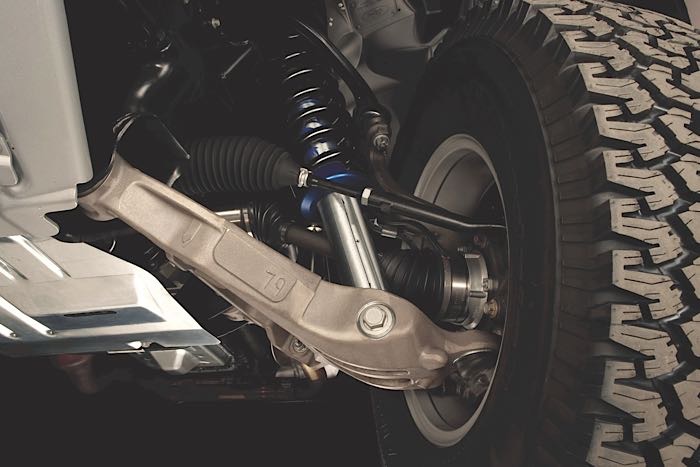Starting in about 1997, many automakers began to use aluminum instead of cast iron for their disc brake calipers. Aluminum is 65% lighter than iron, and aluminum forgings and alloys can have the same structural strength as iron components. The automakers liked the weight reduction because it helped boost gas mileage. However, they did not count on the problem posed by galvanic corrosion
Galvanic corrosion occurs when there is contact between dissimilar metals in the presence of an electrolyte. One of the metals becomes the anode that gives up electrons and corrodes faster than it would alone. The other metal becomes the cathode that accepts the electrons and corrodes more slowly than it would alone.
For galvanic corrosion to occur, three conditions must be present:
1. Electrochemically dissimilar metals must be present;
2. The metals must be in electrical contact; and
3. The metals must be exposed to an electrolyte.
This type of corrosion often occurs between radiators, engine blocks and aluminum housings on water pumps.
In the case of aluminum disc brake calipers, galvanic corrosion occurs at the inlet and bleeder. At the inlet, you have the aluminum casting, the steel banjo bolt and hose block, and the copper washers used to seal the banjo bolt and hose block. The electrolyte is a mixture of sodium chloride (salt) and water. At the bleeder, you have the same situation between the aluminum casting and the steel bleeder screw.
The galvanic corrosion on aluminum disc brake calipers occurs most frequently on the sealing surface around the inlet hole on the aluminum casting. The aluminum is the anode and loses electrons to the copper washer and steel hose block and banjo bolt. The result is excessive pitting around the inlet, potentially causing a break in the seal (and possible leak) between the copper washer and the aluminum casting.
In many cases, aluminum castings cannot be rebuilt because of the excessive pitting around the inlet. Technicians need to do a close inspection of the calipers coming off the vehicle to determine if the sealing surface around the inlet is pitted, resulting in a scrap (unrebuildable) core. If the core is scrap, no core credit will be forthcoming from the supplier of the replacement caliper. Additionally, technicians should inspect the castings on the replacement unit. If the rebuilder is not conscientious about inspecting the aluminum casting before shipping, he/she will end up with a hose block that will not seal upon installation on the vehicle.
All vehicles that use aluminum calipers will have the problem of galvanic corrosion. Some common vehicles to be aware of are:
- The front calipers on the Chevy Malibu 1997-2005, Olds Alero 1999-2004, Olds Cutlass 1997-1999 and Pontiac Grand Am 1999-2005.
- The rear calipers on the Chevy Blazer 1998-2005, Chevy S-10 Pickup 1998-2004, GMC Sonoma 1998-2004, GMC Jimmy 1997-2001, Isuzu Hombre 1998-2000 and Olds Bravada 1997-2001.
Comments or questions? Visit our website at www.ucx.com or email us at [email protected].
Courtesy of UCX Calipers.














